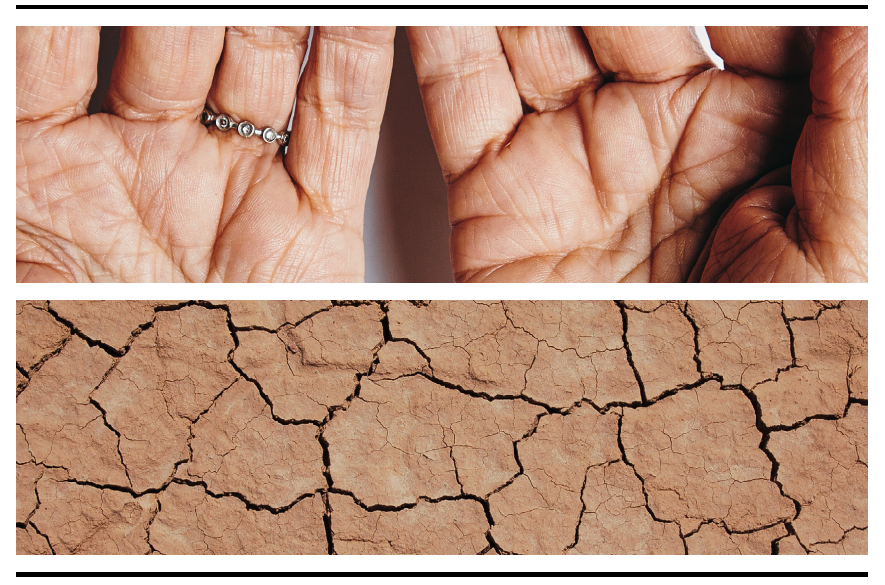Verein KlimaSeniorinnen Schweiz v Switzerland
Authors: Hugh Mercer KC, John-Patrick Asimakis
Click to Download PDF

By its decision last year in Verein KlimaSeniorinnen Schweiz v Switzerland, the Grand Chamber of the European Court of Human Rights has expanded the potential frontiers of climate change litigation in the human rights context.
In short, a complaint was brought before the Court by KlimaSeniorinnen Schweiz, a Swiss non-profit association established to promote effective climate protection on behalf of its members who, as the German name implies, were mostly older women concerned for the climate, along with four individual elderly women who complained of medical and quality of life problems aggravated during recent heatwaves. The applicants alleged, and the Court held that there had been, relevantly, a violation by Switzerland of the right to respect for family and private life under Article 8 of the European Convention of Human Rights.
The decision is significant for its far-reaching expansion of the Court’s jurisprudence on both standing to sue and the content of States’ positive climate-related obligations under Article 8 of the Convention.
First, the Court has considerably broadened the standing of human rights associations to sue for alleged climate-related human rights violations. Affirming its competence in the context of climate-change litigation on the basis that “climate change is a common concern of humankind” [¶451], the Court upheld KlimaSeniorinnen Schweiz’s standing to sue. This conclusion was reached in large measure on the basis that, in view of the complex global nature of climate change, human rights associations have a role to play in bringing legal action to protect the human rights of those affected – actually or potentially – by the negative effects of climate change in circumstances where individuals are unlikely to be able to meet the “especially high” threshold requirements in order to qualify themselves as victims under Article 34 of the Convention. Those requirements are that individuals be subject to a “high intensity of exposure … to the adverse effects of climate change”, and that there must be a “pressing need to ensure [their] individual protection” [¶527].
The effect of the Court’s decision is, critically, that an organisation may now have standing to allege climate-related violations by States of Article 8 of the Convention even where none of its members – or anyone else for that matter – meets the requirements of “victim” status under Article 34. As Judge Eicke pointed out in his partly concurring, partly dissenting opinion, this represents a significant departure from the Court’s previous case law.
Secondly, the Court’s judgment is notable for its expansive view of the content of States’ obligations. The Court held that Article 8 encompasses a right “to effective protection by the State authorities from serious adverse effects of climate change on their life, health, well-being and quality of life” [¶519], and, applying caselaw developed in relation to the regulation of specific activities, declared States’ positive obligations under Article 8 as being to “adopt, and to effectively apply in practice, regulations and measures capable of mitigating the existing and potentially irreversible, future effects of climate change” [¶545]. This positive obligation, in the Court’s judgment, requires each State party to “undertake measures for the substantial and progressive reduction of their respective [greenhouse gas] emission levels, with a view to reaching net neutrality within, in principle, the next three decades” [¶548] and a reduced margin of appreciation applies to setting the requisite aims and objectives [¶543].
The significance of this new articulation of States’ climate-related duty under Article 8 for climate change litigation is that human rights organisations will now have a considerable amount of “material” on which to base an application alleging breach by a State party of its obligations under the Convention. As Judge Eicke warned, this runs the risk of diverting States’ attention from combatting climate change by tying governments up in litigation.
In the result, the Court decided, by 16 votes to one, that Switzerland had violated its positive duty under Article 8, in particular by failing to have in place intermediate GHG emissions targets for the period 2025-2030 [¶561, 566] and thereby failing to protect individuals from the adverse effects of climate change on their life and health [¶573]. The Court’s expansive approach to standing and the content of Article 8 is particularly significant given that the 2015 Paris Agreement, which the Court itself described as “an international treaty setting out the overarching goal of [greenhouse gas] emissions reduction” [¶136] committed States parties to contribute to limiting the global average increase in temperatures to well below 2ºC (and if possible, 1.5ºC) without committing them to any specific measures. The Court’s decision therefore effectively treats as justiciable what many States parties to the Paris Agreement would have considered non-justiciable, a fact reflected by the interventions of various third-party governments in the case. Further, given that proposals to add a protocol to the Convention to provide the Court with express competence in environmental matters have not so far found favour with States parties (a fact noted by Judge Eicke), the Court’s decision to outline, in a quasi-legislative manner, a list of specific factors to which State authorities must have regard in decision-making with respect to combatting climate change is also striking.
It is likely that the Court’s decision will open the door to greater human rights litigation being brought by human rights organisations in the European climate change context. Given that none of the four individual applicants in the case was held to have standing, the decision highlights both the key role that human rights associations may come to play in pursuing climate change litigation asserting violations of Convention rights, and the greater scope for finding that such violations have occurred.
